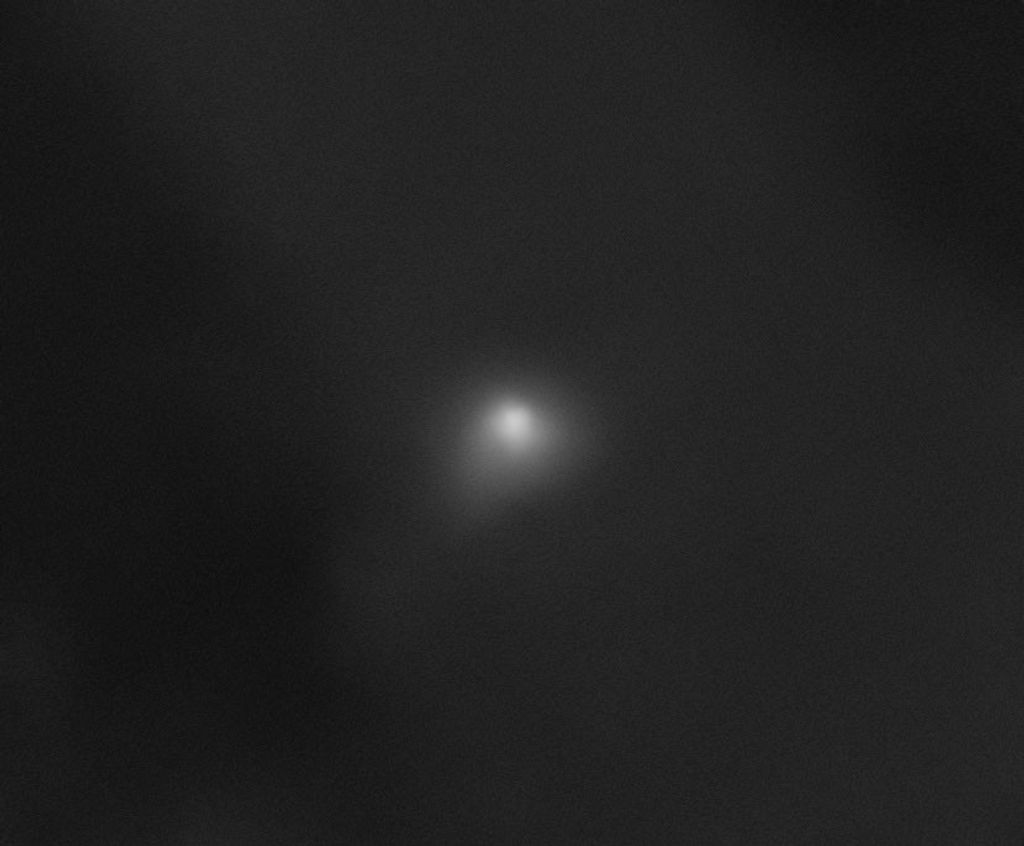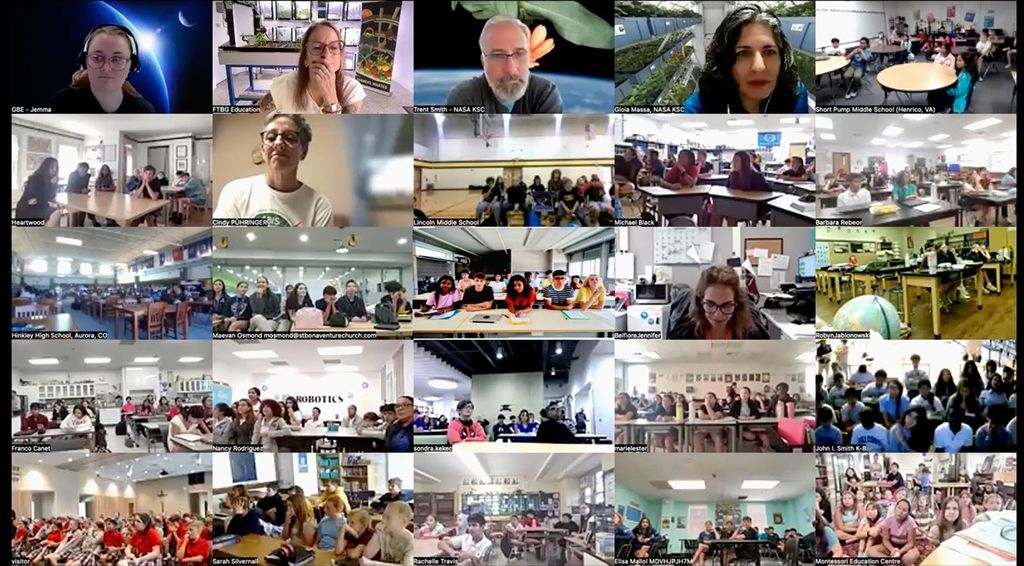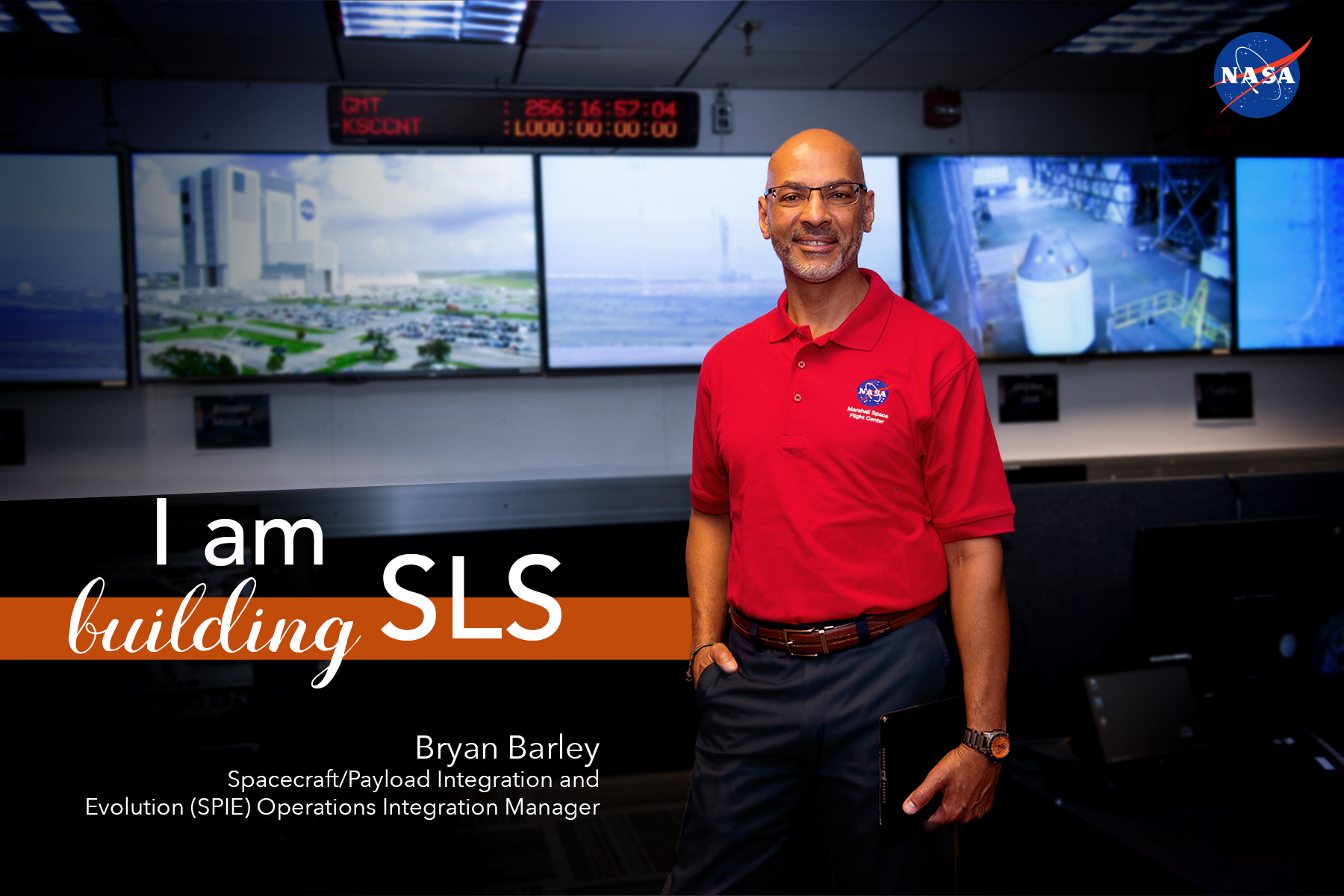I Am Building SLS: Bryan Barley
Begin with the end in mind. It’s a common recommendation for making a project successful. As operations and integration manager for the upper stage and payload section of NASA’s new deep space rocket, the Space Launch System (SLS), this is how my team works every day.
My goal is to make sure the SLS upper stage, called the interim cryogenic propulsion stage, the Orion crew spacecraft and science payloads are safely integrated with the rocket so Orion and the payloads can reach their orbits, have successful missions and do great science. Integration is when all the parts needed to make up a mission: the rocket, the Orion spacecraft and anything else the rocket is sending to space are put together before a mission. For Artemis 1, the interim cryogenic propulsion stage will boost Orion to translunar injection so it can reach the Moon and then the upper stage will deploy 13 small science and technology missions.
On future Artemis missions, my team and I will work to integrate Orion with SLS so NASA can put the first woman and the next man on the Moon. On other flights, our payload might be a large-aperture space telescope or spacecraft the country has invested in to reach destinations deep within the solar system. Who knows what kind of discoveries we’ll make? These different payloads all have unique needs that my team has to consider when helping to make it possible for them to ride on a rocket that can send them soaring more than 24,000 miles per hour.
The key to success is planning early. This includes mapping out a “concept of operations,” which is a picture of how the rocket and spacecraft mission will operate to achieve the mission’s goals. After the “conops” phase, I have input into the design and manufacturing phases to make sure the upper stage and in-space part of the rocket will be successfully assembled and launched later on. I evaluate the impacts of early decisions on the later operational phases, which include transporting and handling the enormous pieces of the rocket, assembling and stacking them at Kennedy Space Center and getting ready for the big day: The day we are GO for launch!
On that day, my team and I will be following the launch from behind the consoles in the new SLS Engineering Support Center (SESC) at Marshall Space Flight Center, monitoring real-time information on the rocket’s many complex systems before and during flight. My role is kind of like a conductor of an orchestra. As a matter of fact, I was a music major before I switched to electrical engineering in college at the University of Alabama in Huntsville, so I have a little practice making diverse parts come together harmoniously – and on time. Launching SLS with Orion and payloads to the Moon and beyond requires tremendous coordination among many people from many organizations who play many roles. When it’s time for the big show on launch day, everything will go smoothly because we’ve thought about the beginning steps with the end in mind. And, we’ve practiced our parts for months ahead of time with training, launch simulations, voice loop tests and more.
SLS is special not just because it will take astronauts back to the Moon, but because we’ve built it for America, in the public eye and for a whole new generation of explorers. When it launches and accomplishes its deep space missions, it’s going to be great for our country. It’s a unique asset for space exploration and I’m proud to be a part of the SLS Program.





























